PLEASE PAY ATTENTION TO THIS POST...I NEVER DEMAND FOR YOUR UPVOTE HERE
KERALA FACING ITS GREATEST DISASTER OF ALL THE TIME.....PLEASE READ
IF YOU CAN SUPPORT ...PLEASE SAVE US
A SINGLE DOLLAR IS ENOUGH FROM YOUR SIDE...PLEASE PRAY FOR US ....
IF YOU CAN SUPPORT US WITH SMALL CONTRIBUTION ...SEND YOUR SUPPORT TO
PAYPAL:: MAIL ID:: paypal.me/charityspot
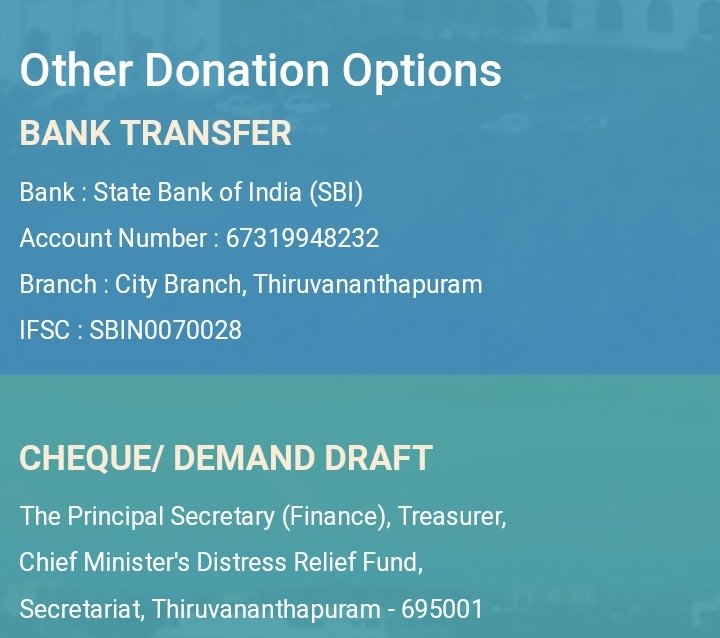
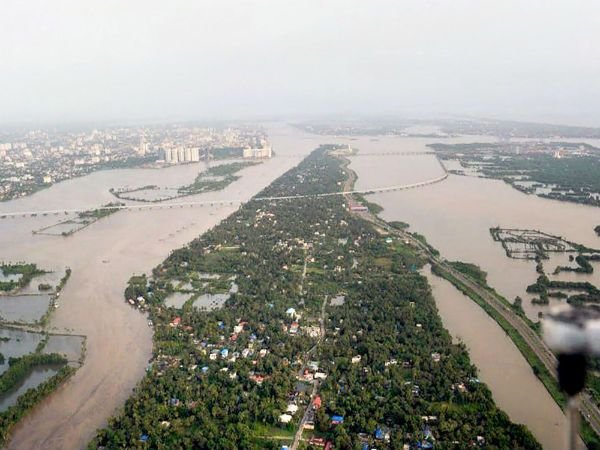
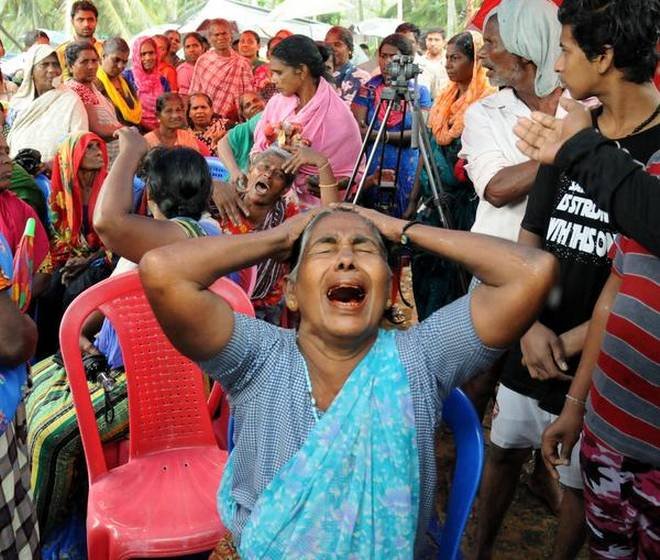
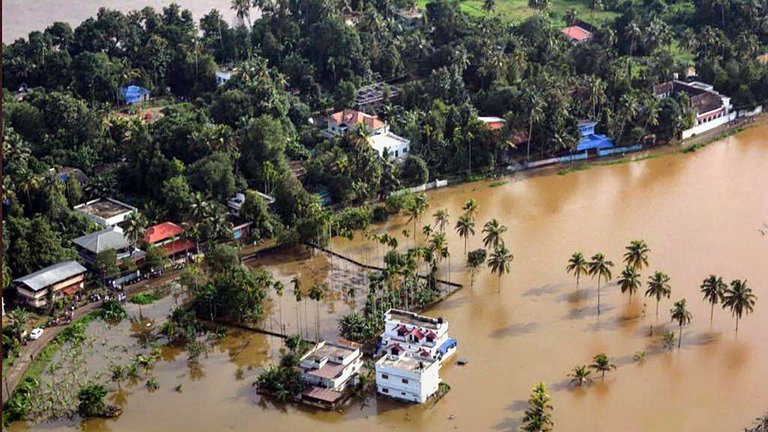
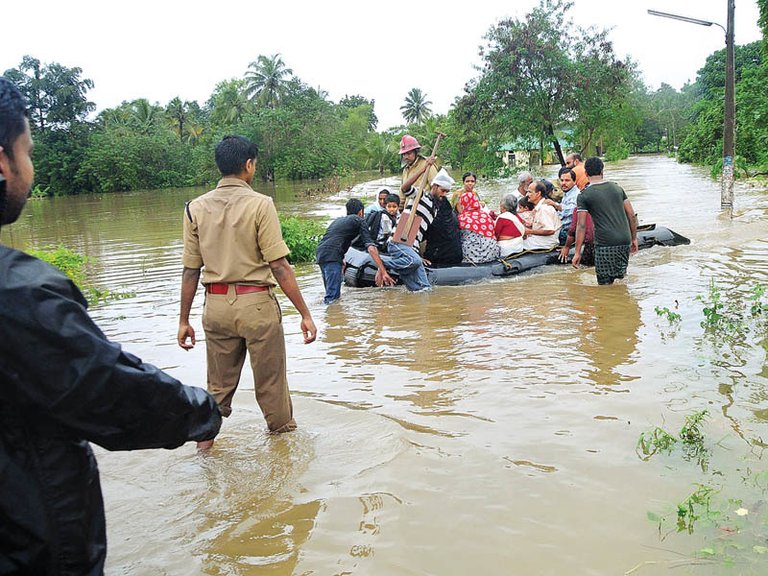
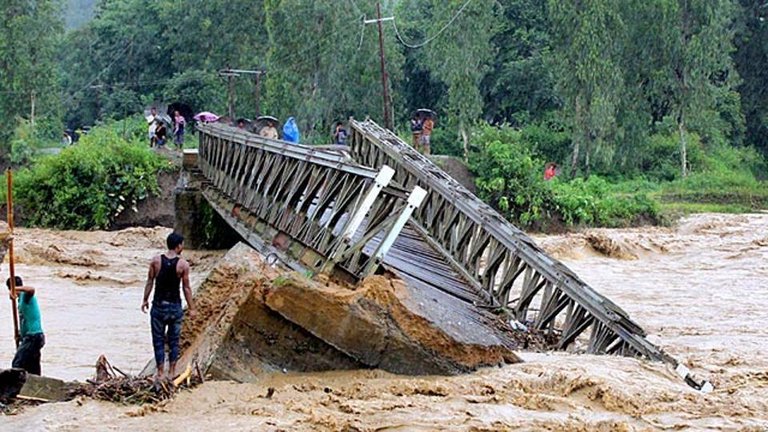
A revisit of preventive measures and mitigation strategies to be adopted during natural calamities has been called for in the wake of the recurring rainfall-triggered landslips in various parts of the State.
This year, about 40 persons have lost their lives in rain-related calamities. Nearly 20,000 houses have either been destroyed or damaged. The loss could be estimated at around Rs. 8,500 crore. Incidentally, most of the districts woke up to disaster management only after the incidents occurred despite the State having a prepared a framework to tackle natural calamities and disasters.
Experts feel that a stricter mechanism has to be put in place based on the Disaster Management Act. “The implementation of disaster management measures is weak. Proactive and scientific steps should be factored in to mitigate damage,” S. Chandrakaran, specialist in geotechnical engineering, and professor at National Institute of Technology – Calicut (NITC), told The Hindu on Monday.
Each region has its own geological standard for agricultural practices, whether it is rubber plantation or banana cultivation. “Natural disasters usually are man-induced due to the shift in crop pattern system and construction activities. If the high land regions are disturbed, the damage will escalate in middle land terrains,” said Dr. Chandrakaran, who had carried out multiple studies in the State and along with the Centre for Earth Sciences Studies (CESS).
Previous studies conducted by CESS showed that about 14.8% of the State is prone to flooding. Districtwise, 53.77% of Alappuzha area is flood prone, followed by Ernakulam (23.50%); Thrissur (22.65%); and Kottayam (20.95%). These are mostly confined to the Kuttanad region. Kole lands of Thrissur district, the coastal tracts of Ernakulam and Malappuram districts, western parts of Kottayam district, and broad flat bottom valleys and flood plains adjacent to Mananthavadi in Wayanad district fall in this category. Dr. Chandrakaran also pointed out that 90% of the calamity this year occurred in the ecologically fragile West Ghats region. However, any natural calamity can be minimised only through proper and scientific use of land.
About 1,500 sq.km. area in the Western Ghats has been identified to be prone to landslips. The study reveals that 1,848 sq.km. or 4.71% of the State is in the high hazard category while 3,759 sq.km. or 9.77% in the low hazard category. Vythiri ( Wayanad), Nilambur (Malappuram), Mannarkad (Palakkad), Devikulam (Idukki) and Ranni (Pathanamthitta) are the most landslip prone taluks in the State, studies showed.
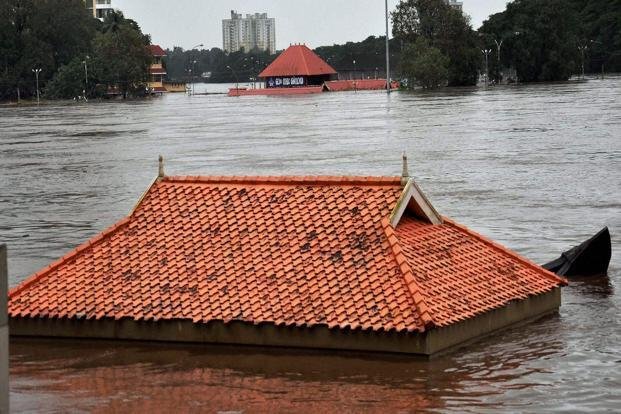
Nature’s fury has taken a heavy toll in Kerala with more than 40 deaths and rendering thousands of people homeless. The Union government has come to the State’s aid with an immediate relief of Rs 100 crore.
Climate change may be one of the causes for the unprecedented rains causing the worst floods in the State since 1924. The Disaster Management Authority has declared a red alert in Alappuzha, Ernakulam, Kannur, Kozhikode, Malappuram, Palakkad and Wayanad districts.
Ten columns of the Army together with the Air Force, Navy and NDRF personnel were assisting in rescue and relief operations. Kerala Chief Minister Pinarayi Vijayan, who accompanied Union Home Minister Rajnath Singh on an aerial survey of the flood-affected areas, demanded an immediate relief of Rs 1,200 crore.
He estimated the damage caused at Rs 8,316. Heavy rains and flash floods have damaged crops in thousands of acres. The opening of flood gates of 22 dams on a single day last week added to the misery of the people. The government has opened 1,026 relief camps to provide shelter to those whose houses have been washed away or damaged.
The authorities waited a bit too long to open all the five sluice gates of the Idukki arch dam to conserve as much water as possible.
The State Electricity Board justified the delay stating the purposes of dams were power generation, irrigation, potable water supply and flood management. The Board gave priority to saving maximum water for power generation and ignored the importance of flood management and safety of the dam.
The Kerala government has been remiss, as many other States in the country, in preserving and safeguarding flood plains of the rivers and allowed construction activities. The north-west monsoon is also the landslide season. About 5,600 sq km of the State’s total area is prone to landslides.
Scientists attribute human intervention like building highrises, construction of roads and stone quarrying for causing landslides, especially when there is prolonged heavy rain. The disaster management plan published in 2016 by the Kerala State Disaster Management Authority, says construction of highrises and resorts have been on the rise in the vulnerable area.
Those who promote unscientific development activities should be held accountable for the landslides. According to a study, Kerala has about 6,000 quarries. The use of explosives to blast rock in quarries causes rapid landscape changes leading to landsides.
Quarrying and construction should not be allowed in landslide-prone areas. Not only the Western Ghats, but also the estuarine mangroves should be preserved to minimize natural calamities. The weather office has warned of heavy to very heavy rains in the next couple of days. Kerala places its hopes on the Union government to come to its rescue.
May God help them all.... Prayers from Pakistan